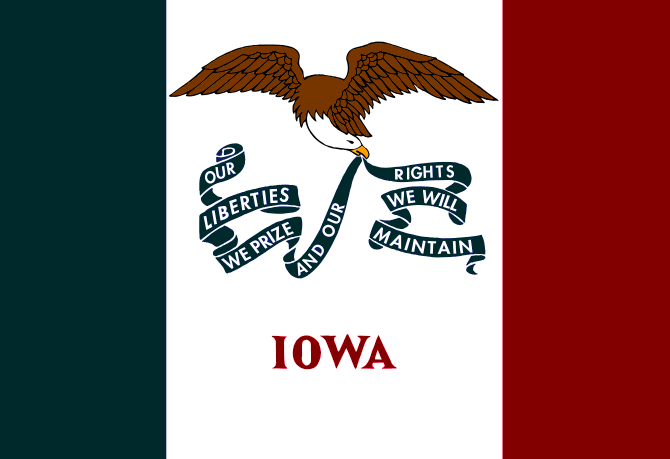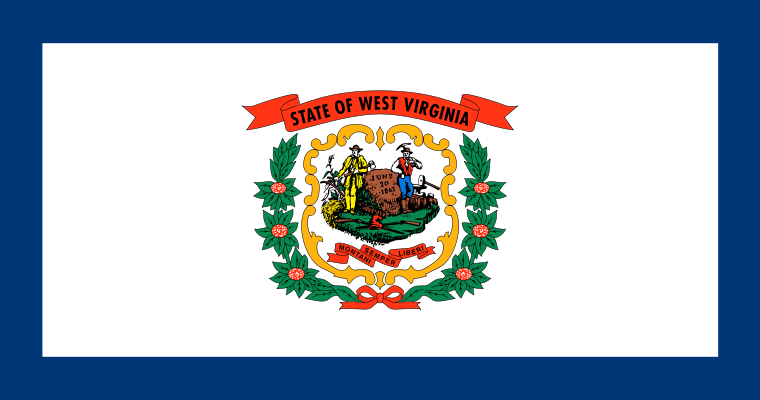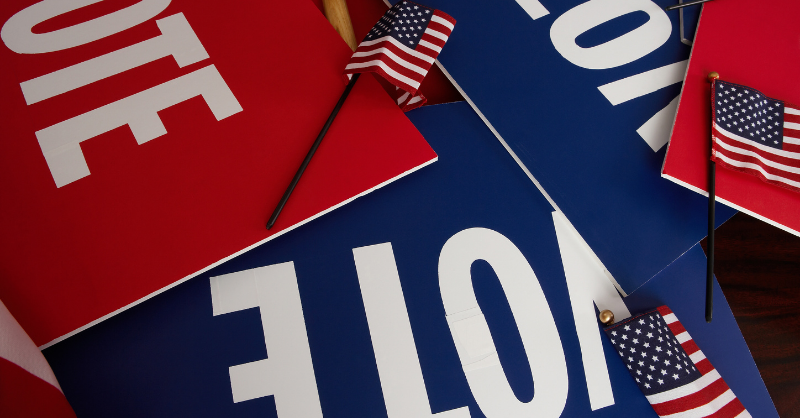Author: Joel Williams
-
Thirty-six South Dakota state legislative seats are open this year—the most since 2016

There are 105 seats up for election this year in South Dakota’s legislature—35 in the Senate and 70 in the House. Thirty-six incumbents (three Democrats and 33 Republicans) are not running for re-election. This is the highest retirement rate since 2016, when 42 incumbents (10 Democrats and 32 Republicans) retired. The average number of retirements each year…
-
More Nebraska legislators are retiring in 2024 than in any cycle since 2014

There are 25 legislative seats up for election this year in Nebraska’s unicameral legislature. Fifteen incumbents (5 Democrats and 10 Republicans) are not running for re-election. This is the highest retirement rate since 2014, when 17 incumbents (8 Democrats, 8 Republicans, and one independent) retired. The average number of retirements each year from 2010 to 2022 was…
-
Lowest number of Idaho state legislators retiring this year since at least 2010

There are 105 state legislative seats up for election this year in Idaho. Across those, six incumbents (two Democrats and four Republicans) did not file to run for re-election. That’s the fewest number of retirements since Ballotpedia began tracking this data in 2010. From 2010 to 2022, the average number of retirements per cycle was…
-
Fewer Iowa legislators retiring this year than 2022

There are 125 state legislative seats up for election this year in Iowa. Sixteen incumbents (three in the Senate and 13 in the House) did not file to run for re-election. From 2010 to 2022, the average number of retirements per cycle was 22. In 2022, 40 incumbents (11 in the Senate and 29 in…
-
Fewest number of Georgia state legislators retiring this year since 2014

There are 236 state legislative seats up for election this year in Georgia. Across those, 17 incumbents (10 Democrats and seven Republicans) did not file to run for re-election. That’s the fewest number of retirements since 2014. From 2010 to 2022, the average number of retirements per cycle was 28. In 2022, 48 incumbents (23…
-
Fewer candidates and contested state legislative primaries in West Virginia this year compared to average

There are 49 contested state legislative primaries in West Virginia in 2024, the fewest since 2014. On average, there were 58 contested primaries each election year from 2014-2022. One contributing factor was the limited number of Democratic primaries (four) this cycle. From 2014-2022, there was an average of 22.2 contested Democratic primaries in each cycle.…
-
McDowell wins NC-6 Republican primary after Walker declines runoff

Addison McDowell defeated five other candidates in the Republican primary for North Carolina’s 6th Congressional District on March 5, 2024. McDowell finished with 26.1% of the vote, below the 30% vote threshold that could have prompted a runoff. Mark Walker, who finished second with 24.1% of the vote, said he would join Donald Trump’s (R)…
-
Seventy-three races this year have candidates that share the same last names

Among the elections Ballotpedia is covering in 2023, 73 are between 148 candidates who share last names with one or more of their opponents. Pennsylvania had the most such races (27), followed by Wisconsin (19). North Carolina and Wisconsin each had races where three candidates share the same last name. This data includes the elections…

